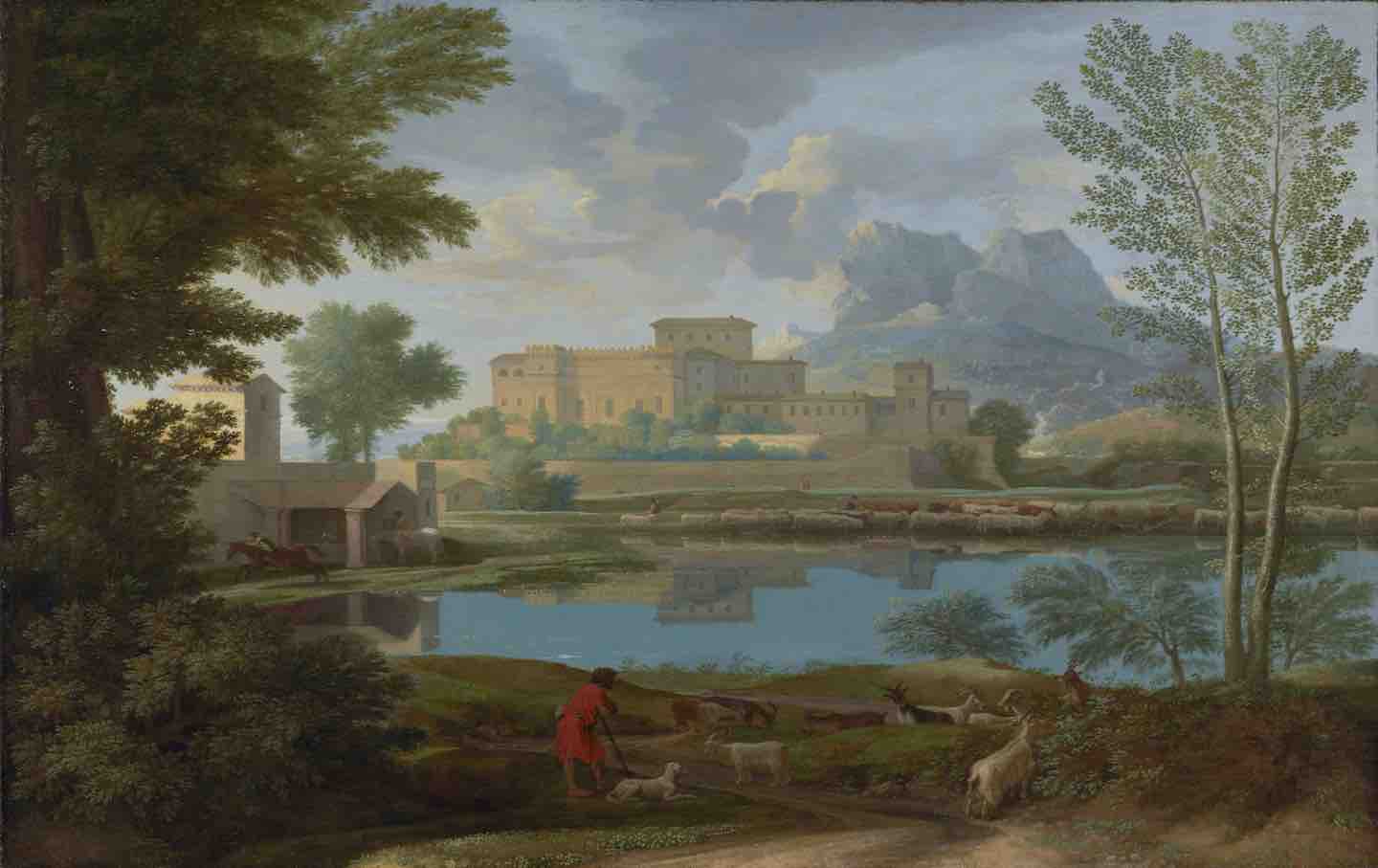Part of what makes the iconic NEC PC-98 graphics style unique is the dithering on every single image. On a LCD, nice CRT, or emulator, the dithering is very obvious. However, the dithering exists for an obvious reason: the NEC monitors of the time quite frankly sucked. No really. They had a terrible dot pitch. On a nice PC, this was seen as a drawback. Don’t believe me? Here’s a YouTube video of a guy ranting about how a crummy CRT is crummy. This video is worth watching though because it goes into detail about dot pitch.
The PC-KD854N was a common PC-98 and PC-88 era monitor, with a dot pitch similar to that of an EGA monitor at 0.39mm. For displaying text, this is a drawback. However, at a low resolution of 640×400 in an era when everyone was stuck with crummy hardware, developers used this to their advantage. Similar techniques were known with composite video and scanlines being used to make the image seem as if there was more to it on the screen with game consoles. However on the PC-98, everything is analog RGB (with the exception of the early models using TTL video similar to early PCs, or “digital RGB” as it was marked). Instead, the trick was to take advantage of your crummy CRT and display more colors using dithering. How common was this? Not only did numerous games use it, but many drawing programs for the platform even offered the ability to do dithered colors.
I found a Twitter account a while back where the user was posting photos comparing the PC-98 output from an emulator/LCD with that of a period correct CRT, and the difference is night and day.

The vaporwave aesthetic dithering is actually used to display more colors on the display. Clever trick, yet this is also how PC-98 games looked like “back in the day”. The famous 16-bit sensation manga (which unlike the anime “adaptation”, was an interesting look into how VNs and similar games were made back in the day from someone who was there) actually has a few pages discussing the dithering technique as well. For context, here are some of the pages discussing the 16-color limit and how developers loved to dither, while calling another game “magic” for it’s clever use of this.



Anyhow, with this in mind and that Twitter account in mind, I decided that part of me wanted a PC-KD854N CRT one of these days. Heh, one of these days. Shipping a CRT from Japan is a nightmare cost wise, and if it’s packed improperly the CRT will get destroyed in shipping. I’m talking bent neck and all. There’s a PC-98 emulator called NP21w and several others, but NP21w (the most accurate and feature complete one) has one key omission: good luck making it do CRT shaders that are popular in the western retrogaming sphere. As a result, NP21w’s output looks like it does on an LCD and gives everyone a false impression. In other words, even on the real thing I had been looking at PC-98 graphics wrong all my life.
Unfortunately, there’s no NEC CRT filter for emulators, but there is a program called ShaderGlass that lets you pipe in any program into it’s own CRT filter. By piping in NP21w and tweaking a few settings such as resolution and trying out the GTU-V050 filter (which does dithering better than any of the others), I was able to get some nice screenshots of how NP21w and PC-98 emulation would look if it had this filter.
Unfortunately, the filter doesn’t work as well when the system goes into 640×200 mode…

Still, for the later 640×400 games and VNs, it works wonderfully. It’s a shame this isn’t more common in PC-98 emulators yet, but the point of this post is that you’ve been looking at PC-98 screenshots wrong all your life. Every single PC-98 screenshot looks like it does on the right, while on the left is an approximation or simulation of looking closer to how it should on the real display.
.png)




